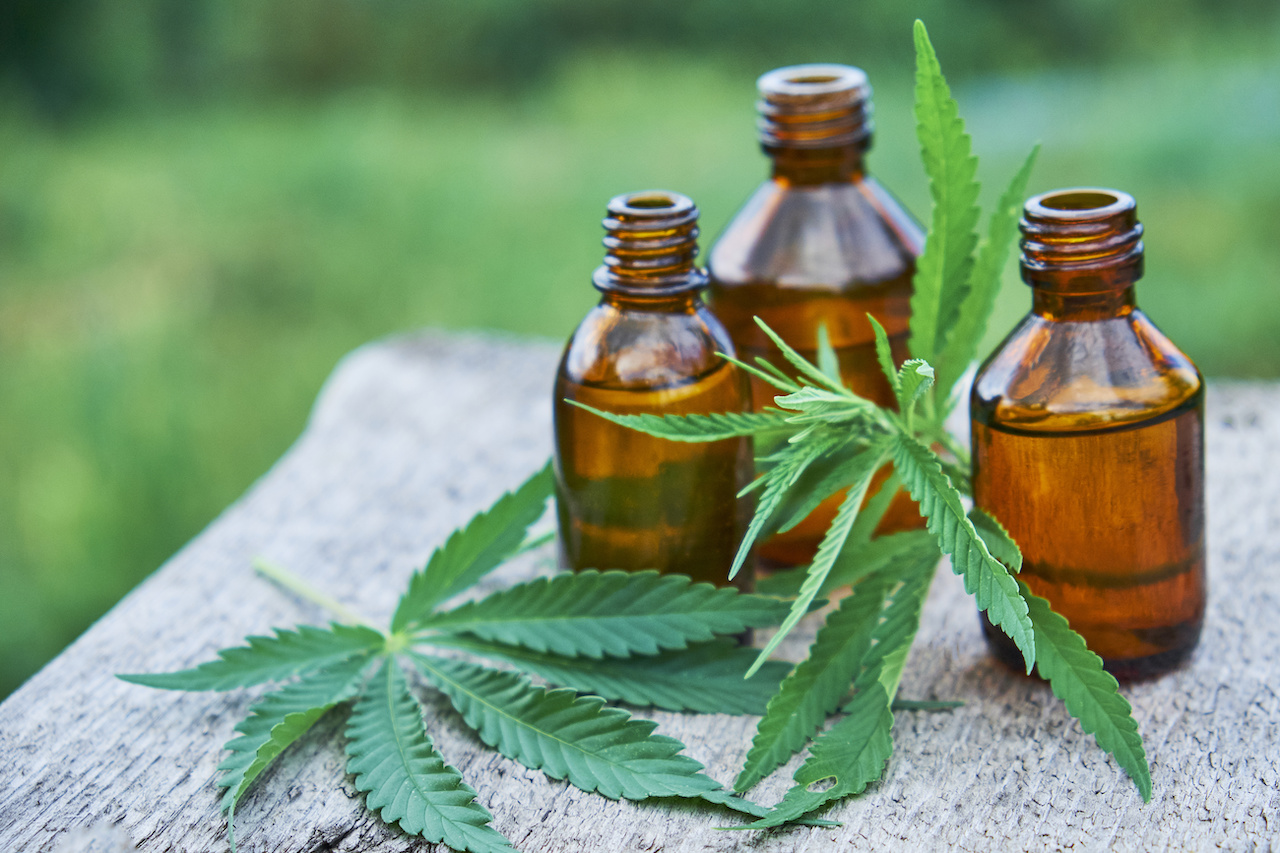
Interestingly, the cannabis plant also uses THC and other cannabinoids to promote its own health and prevent disease. Cannabinoids have antioxidant properties that protect the leaves and flowering structures from ultraviolet radiation – cannabinoids neutralize the harmful free radicals generated by UV rays, protecting the cells. Antioxidants found in plants have long been promoted as natural supplements to prevent free radical harm.
Cbd Oil And The Endocannabinoid System 101
Neurons even send cannabinoids to receptors backwards across the synaptic space to govern what chemical they want to receive. Cannabinoid receptors play a fundamental role in the operations of the endocannabinoid system.
While the endocannabinoid system’s primary purpose is not to engage with cannabis, it interacts with the cannabis plant similarly to compounds we naturally create in the body. It was also William Devane, along with Dr. Lumir Hanus, that identified the anandamide endocannabinoid in 1992 at the Hebrew University in Jerusalem.
Their team also discovered the 2-arachidonoylglycerol endocannabinoid and several other minor neurotransmitters that attach to cannabinoid receptors. Without phytocannabinoids, the endocannabinoid system uses our endogenous cannabinoids, which the body only creates when needed, and which have short-range effects and a shortened half-life before their degradation from enzymes. Endocannabinoid receptors are present on neurons throughout the central nervous system , peripheral nerves, immune cells, and in many tissues throughout the body. The variety of ECS receptors include G-protein -coupled receptors, ligand-gated ion channels, and nuclear receptors.2 The most common receptors are the GPR-coupled receptors cannabinoid receptor 1 and cannabinoid receptor 2 . Endocannabinoids are chemical compounds that are naturally produced within the body and bind to the same receptors as compounds naturally produced by cannabis.
They help to relay messages from endocannabinoids from cell to cell, and from the outside of cells to the inside. Endocannabinoids are synthesised in the body and act as signalling molecules by binding to receptors of the ECS. “Endo” means “within” and “cannabinoid” refers to any molecule that activates these receptors.
How Does Cbd Actually Effect Your Body?
- Also, like anandamide, 2-AG is thought to be removed from its sites of action by cellular uptake and metabolized intracellularly .
- Maccarrone M, Fiorucci L, Erba F, Bari M, Finazzi-Agro A, Ascoli F. Human mast cells take up and hydrolyze anandamide under the control of 5-lipoxygenase and do not express cannabinoid receptors.
- This forms the basis of a presentation on selected examples of research on the neurophysiological roles of endocannabinoid signalling in non-mammalian animals.
- The article concludes with a forward look, highlighting areas of interest for future studies on endocannbinoid signalling in non-mammalian animals.
- Examples of model organisms that will be included in this survey are the leech Hirudo medicinalis, the sea squirt Ciona intestinalis, the zebrafish Danio rerio and birds .
Cannabis plants – including hemp plants – contain compounds called cannabinoids. There are dozens of these cannabinoids, but two of the most well-known ones are cannabidiol and tetrahydrocannabinol . These cannabinoids work by interacting with our endocannabinoid system. CBD has become extraordinarily popular due to the changing legalities around hemp and its many positive effects.
The ECS is a biological system composed of neurotransmitters that bind to cannabinoid receptors that are expressed throughout the central and peripheral nervous systems. CBD interacts with CB1 and CB2 in a different way, and it may be that it binds to a receptor that is not found yet. It inhibits enzymes which break down endocannabinoids, increasing the anandamide levels. The inhibation of those enzymes are a useful strategy for treating anxiety, which might be a reason whyCBD can help with anxiety and depression. You can find cannabinoid receptors throughout your body, on the surface of cells.
There is less than 0.3% THC in hemp so it does not get you high, and thanks to the versatile nature of the hemp plant, it has many different uses including in products for wellness and care. Tetrahydrocannabinol is one of the main cannabinoids that is found in cannabis and is the chemical compound responsible for giving you a high and psychotropic effect. When THC enters the body, the THC molecules interact with your Endocannabinoid System by binding to the receptors. THC is particularly powerful when it interacts with the ECS because it can bind to both CB1 and CB2 receptors, affecting both your body is CBD oil legal and mind.
Endocannabinoids bind to them and transmit information about changing conditions to the inside of the cell. Cannabis scientists have recognised the endocannabinoid system as a homeostatic regulator.